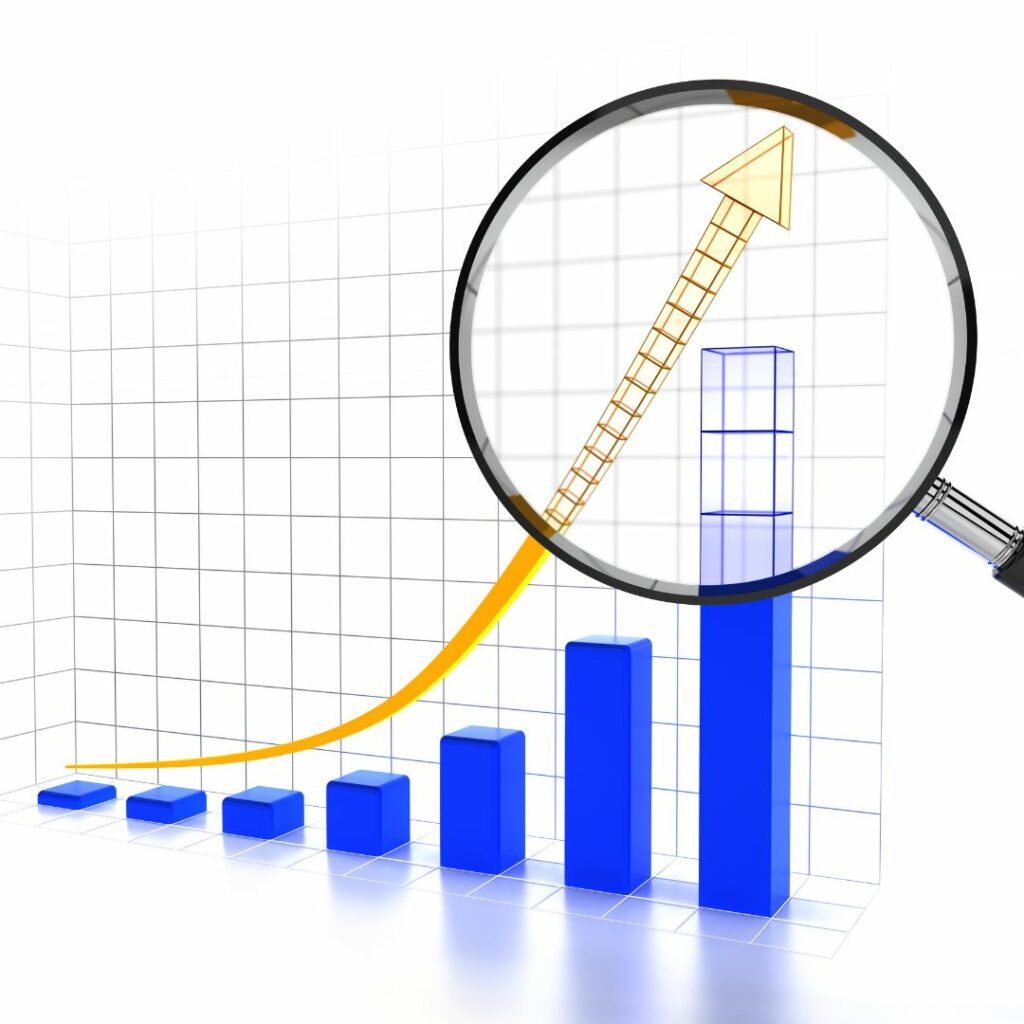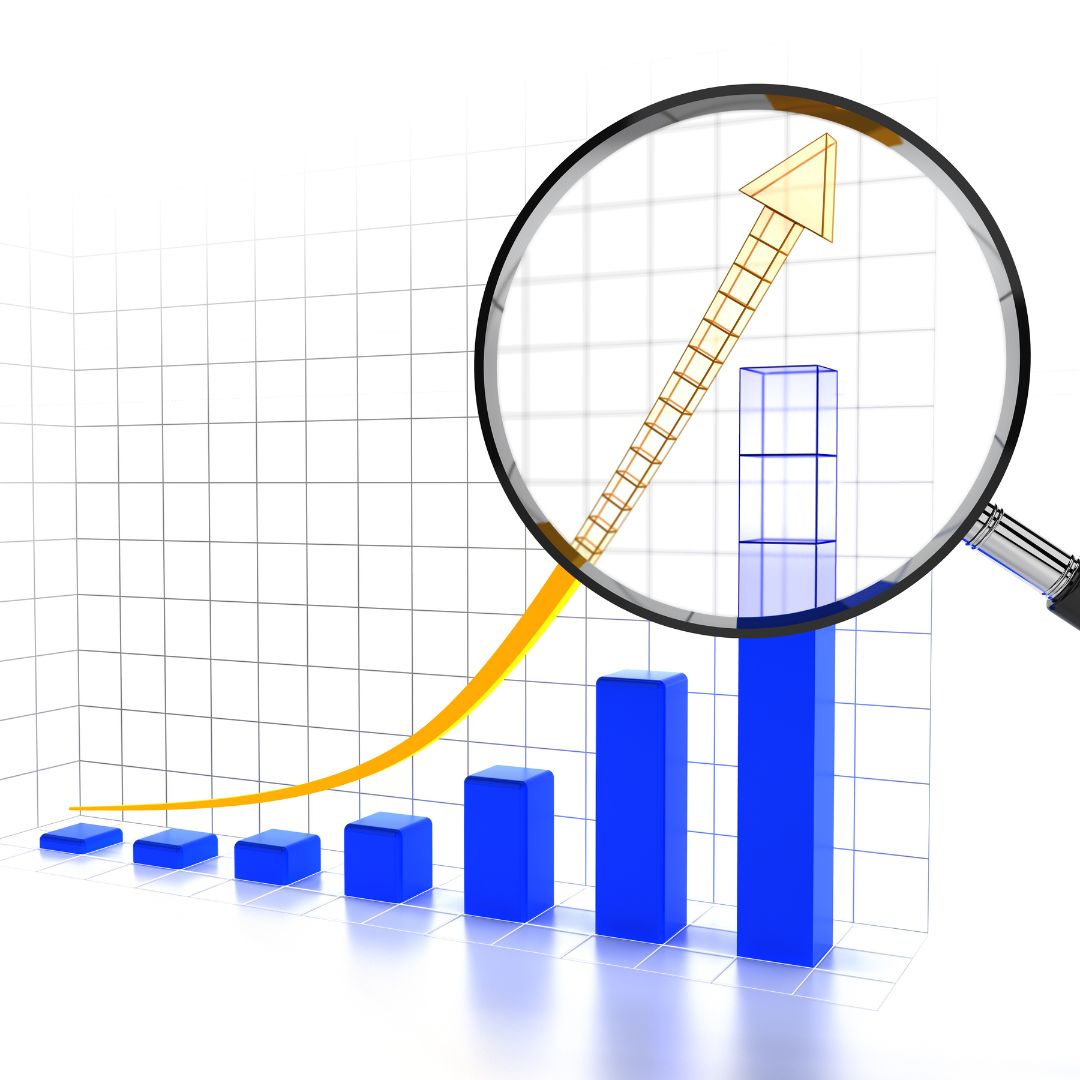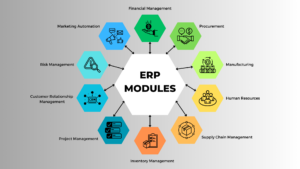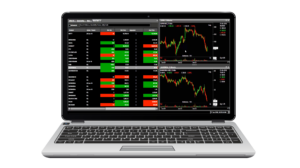
In today’s digital age, businesses across all industries are leveraging advanced technologies to drive growth, enhance operational efficiencies, and maintain competitive advantages. Three areas stand at the forefront of this technological revolution: business analytics, data integration, and the software market. This detailed exploration delves into the latest trends shaping these sectors, offering insights into how businesses can capitalize on these developments.
1. Emerging Trends in Business Analytics
AI and Machine Learning Integration
Business analytics is increasingly integrating AI and machine learning technologies to provide more accurate, predictive insights. These tools help in automating complex analytical processes, allowing businesses to anticipate market trends, understand consumer behavior, and make data-driven decisions faster than ever. This shift not only enhances accuracy but also significantly reduces the time analysts need to interpret data sets.
Real-Time Data Analysis
In an era where conditions change rapidly, the ability to perform real-time data analysis has become crucial. Businesses are now using analytics tools that can process and analyze data as it is created. This real-time capability enables immediate decision-making, crucial for industries like finance and retail, where market conditions can fluctuate wildly within short periods.
Increased Data Literacy
As analytics tools become more sophisticated and integral to business operations, there is a growing trend towards enhancing data literacy within organizations. Companies are investing in training programs to equip their employees with the skills needed to interpret and leverage data effectively. This democratization of data ensures that informed decision-making permeates all levels of the organization.
2. Data Integration Trends
Hybrid and Multi-Cloud Strategies
With the rise of cloud computing, businesses are increasingly adopting hybrid and multi-cloud strategies to manage their data. These approaches allow companies to distribute their data and applications across multiple cloud environments, optimizing performance and reducing dependence on any single provider. This trend is driven by the need for greater flexibility and improved disaster recovery options.
Automation in Data Integration
Automation is playing a crucial role in data integration. Tools that automatically cleanse, match, and consolidate information help businesses save time and reduce errors. Automation ensures that data across systems is consistent and up-to-date, providing a reliable basis for analytical tasks and decision-making.
Compliance and Data Governance
As data privacy regulations like GDPR and CCPA become stricter, businesses are focusing more on compliance and data governance. This trend is shaping data integration strategies, with an increased emphasis on security features, audit trails, and control mechanisms to ensure data integrity and compliance.
3. Software Market Trends
Subscription-Based Models
The software industry is increasingly moving away from traditional perpetual licenses to subscription-based models. This change allows businesses to pay for software on an as-needed basis, which can be scaled up or down depending on demand. Subscription models offer several benefits, including lower upfront costs, regular updates, and easier budgeting.
Open Source Software
Open source software continues to gain popularity, driven by its cost-effectiveness and flexibility. Businesses are leveraging open source to customize solutions to their specific needs without the high costs associated with proprietary software. The community-driven nature of open source also accelerates innovation and improvement of the software.
Increased Focus on Security Software
With cyber threats becoming more sophisticated, there is a significant rise in the demand for security software. Businesses are investing in advanced cybersecurity tools to protect their data and infrastructure from attacks. This trend is reflected in the growing market for antiviruses, firewalls, encryption tools, and threat detection software.
Conclusion
The convergence of trends in business analytics, data integration, and the software market is reshaping how companies operate and compete. To stay ahead, businesses must not only be aware of these trends but also actively incorporate them into their strategic planning. Whether it’s through adopting sophisticated analytics to forecast trends, utilizing flexible data integration solutions, or securing operations with cutting-edge software, the potential to drive business success through technology has never been greater.
By embracing these trends, companies can enhance their operational efficiencies, improve customer satisfaction, and ultimately, secure a substantial competitive edge in the marketplace. As we move forward, the ability to adapt to these evolving technologies will define the success of businesses in an increasingly digital world.











